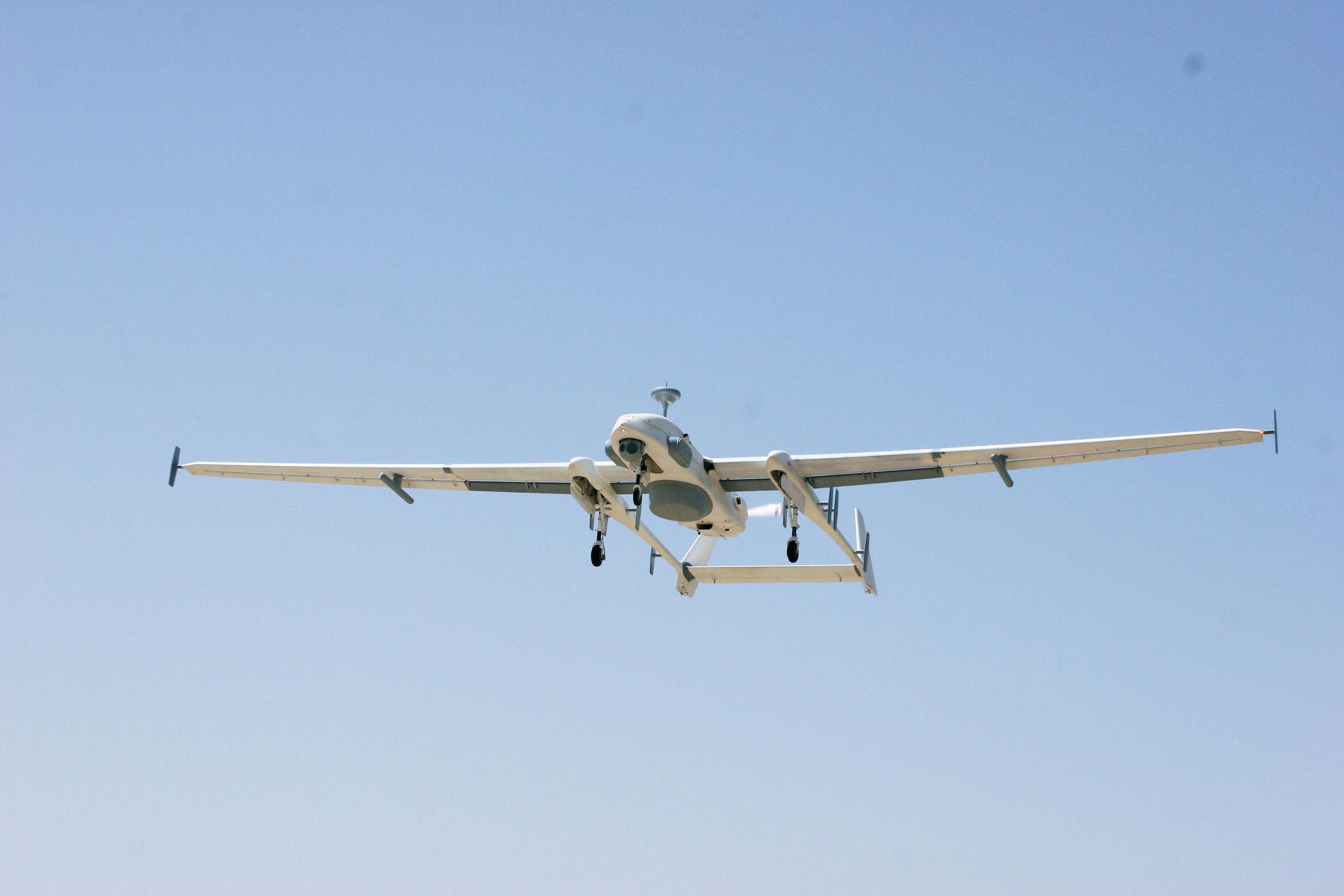IAI Leased UAS Open New Opportunities For UAS Users Needs

Addressing a growing demand for Intelligence, Surveillance and Reconnaissance by the Israel Defense Forces in the 1990s IAI began providing such services by Unmanned Aerial Systems (UAS) in it had storage under a leasing agreement for the Ministry of Defense. This innovative service proved highly successful, paving the way for more contracts in Israel and abroad. Today, with nearly 50 years of UAS operational experience, having produced hundreds of systems that accumulated more than 1,800,000 operational flight hours, leased UAS make a significant share of IAI’s UAS business, meeting growing interest among military and civilian markets alike.
At the time, UAS operations required major investments in system procurement and training and depended on extensive manufacturer support. By standing up a fully operational capability IAI provided the customer with a service, rather than the system. The new concept was based on the company’s unique position as a world pioneer in UAS.
In a short time IAI expanded its offering to support multiple customers, a diversified range of UAS and mission payloads, all made by its divisions and subsidiaries. In the early 2000s the company became one of the largest UAS operator in Afghanistan, operating unmanned aircraft leased to coalition forces including Canada, Australia, Germany and Spain. These air forces utilized Heron I Medium Altitude Long Endurance (MALE) and Searcher 3 Tactical UAS for intelligence gathering, surveillance and reconnaissance (ISR), securing ground operations and patrols etc. BirdEye 650D, Small Tactical UAS are also available for operation either in support of military users or on surveillance and security of borderlines, oil and gas pipelines or offshore facilities.
The success of the leasing model helped introduce UAS for homeland security and civilian applications, maritime surveillance, search and rescue roles. FRONTEX, the European Border and Coast Guard Agency was one of the first operators to lease UAS to secure the European maritime borders.
Leasing enables customers to quickly obtain ISR capabilities at an affordable cost. Lease deals are low risk compared to full acquisition of UAS, as they can include the supplier’s commitment for operational hours and mission readiness levels. To meet this obligation, the supplier includes support teams and spare parts as necessary, without incurring the cost of logistics on the customer.
Streamlining operations, logistics and support enables IAI to provide dependable services that match user requirements within cost, enabling customers to expand UAS operations with more missions. On such missions, users consume only ‘productive flight hours’ to achieve goals that couldn’t be attained in the past. From maritime surveillance, operations can quickly expand to assume more responsibilities. These could include tightened fishery control and drug interdiction or handling illegal immigration at sea, to emergency response.
IAI continues to lease large MALE-UAS under different contracts with the US Government, German Ministry of Defense and other customers. The German Air Force has also operated Heron I and Heron TP since 2010. The program is managed by Airbus with IAI providing the aerial systems and general support. It began with two leasing periods of Heron I MALE UAS. The Heron I is currently deployed to Mali in support of peacekeeping operations in Sub Sahara. Next year Germany will also receive the much larger Heron TP which will further expand the German Air Force ISR capabilities.

The US market is also opening for leased UAS operations, as the US Government realizes the advantage of scaling drone operations based on leasing services. The advantage of leased drones further increases when operations take part in overseas deployments.
On certain missions, customers may benefit from leasing UAS rather than use their own assets, especially when operations are required in remote areas, requiring operations at a low signature. For example, maritime surveillance missions over the Indian Ocean near East Africa, securing merchant shipping from piracy, or unmanned platforms providing communications services to secure operations on temporary base. According to market assessments MALE drone ISR services makes up 70 percent of the drone leasing market, half that market is in North America. Demand in Europe is growing, following the successful deployments with FRONTEX. One of IAI’s advantages in this region is the experience gained in operating drones in the European airspace.
As a company involved with the development of advanced mission systems, and by operating UAS on multiple leasing programs with different users and missions, IAI acquired significant experience and insight into the needs and utilization of UAS. For example, the need for real-time information dissemination to users, anywhere and anytime, particularly associated with maritime search and rescue. On military missions, operators use full mission payloads including advanced EO, SIGINT and RADAR, collecting and fusing data and disseminating it to users at different echelons.
Operating UAS leasing contracts throughout the world, from the USA, Canada and Latin America, to Africa, Middle East, Australia and Afghanistan, IAI is set to quickly respond to new missions and evolving user needs. In some cases, leasing is considered as an intermediate step toward buying new systems. Other assets are operated as services under lease for years. Contracts often span over three to five years, with options to extend or expand services by demand. Sometimes a leasing agreement provides a first step toward full acquisition, enabling a customer to evaluate the system utilization, concepts of operation and ability for dual-use, thus justifying the acquisition for military and civilian roles.
Find out more: https://www.iai.co.il/defense/air/unmanned-aerial-systems